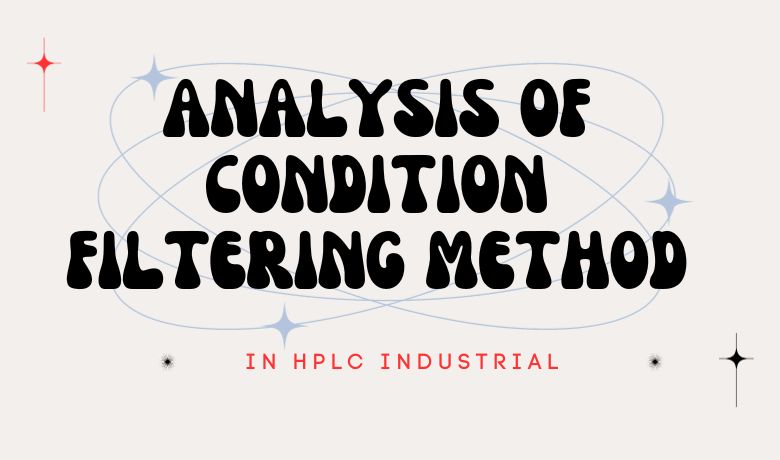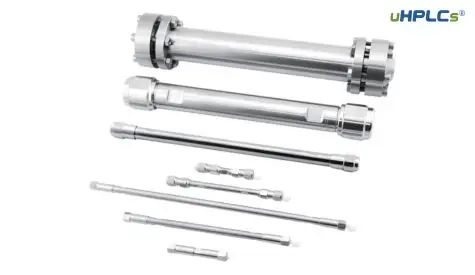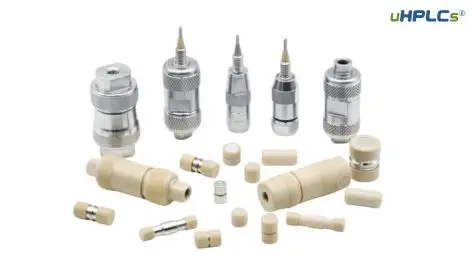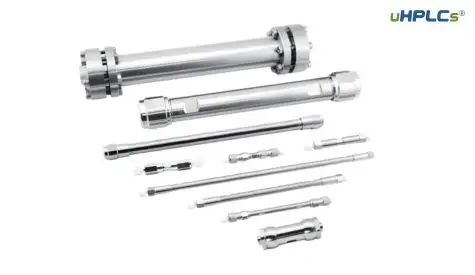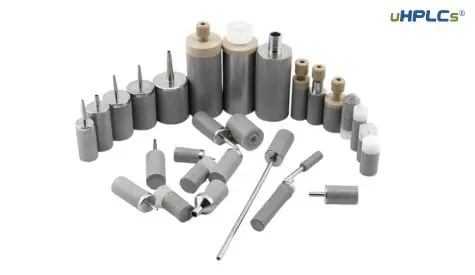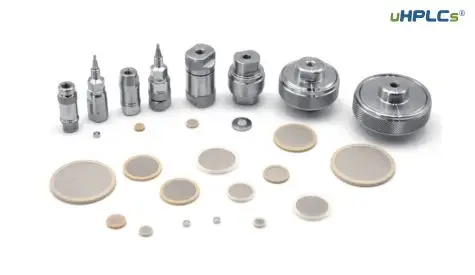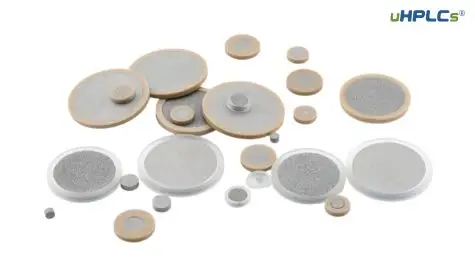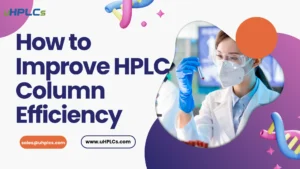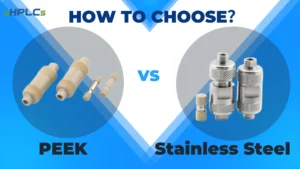What is Analysis of condition filtering method ?
Condition filtering methods are a class of data preprocessing techniques that are used to identify and remove noise from data. They are commonly used in a variety of applications, including signal processing, image processing, and machine learning.
Condition filtering methods work by identifying and removing data points that are considered to be outliers or noise. This is typically done by comparing data points to a set of conditions, such as the mean, median, or standard deviation of the data. If a data point does not meet these conditions, it is removed from the data set.
There are a variety of different condition filtering methods, each with its own strengths and weaknesses. Some of the most common methods include:
- Mean filtering: This method removes data points that are more than a certain number of standard deviations away from the mean of the data.
- Median filtering: This method removes data points that are not within the middle 50% of the data.
- Mode filtering: This method removes data points that are not the most common value in the data.
- Gaussian filtering: This method uses a Gaussian kernel to smooth out the data.
- Laplacian filtering: This method uses a Laplacian kernel to sharpen the data.
The choice of which condition filtering method to use depends on the specific application and the type of noise that is present in the data.
Here is a table that summarizes the strengths and weaknesses of each method:
| Method | Strengths | Weaknesses |
|---|---|---|
| Mean filtering | Simple and effective for removing outliers | Sensitive to outliers |
| Median filtering | Robust to outliers | Not as effective as mean filtering for removing noise |
| Mode filtering | Good for removing noise from data with a small number of unique values | Not as robust to outliers as median filtering |
| Gaussian filtering | Effective for smoothing out noise | Can blur edges and details |
| Laplacian filtering | Effective for sharpening edges and details | Can amplify noise |
In general, it is a good idea to try a variety of condition filtering methods to see which one works best for your specific application. You can also combine different methods to achieve better results.
Analysis of condition filtering method Application in HPLC Industrial
Also, Condition filtering methods are a crucial aspect of high-performance liquid chromatography (HPLC) in industrial settings, allowing for the effective separation and identification of target analytes from complex sample matrices. So these methods play a critical role in ensuring the accuracy, reliability, and reproducibility of HPLC analyses, making them essential tools for quality control and process monitoring in various industries. Let’s Check How many types of condition filtering methods we can used in HPLC system.
Types of Condition Filtering Methods in HPLC Industrial
Several condition filtering methods are commonly employed in HPLC industrial applications, each tailored to address specific analytical challenges. These methods can be broadly categorized into two main types:
-
Hardware-based filtering: This approach utilizes physical components within the HPLC system to remove impurities and contaminants from the mobile phase or sample stream before they reach the analytical column. Examples include:
-
Guard columns: These short columns packed with specialized sorbents selectively retain unwanted compounds, preventing them from interfering with the separation of target analytes.
-
In-line filters: These filters physically remove particulate matter from the mobile phase or sample stream, protecting the analytical column and ensuring consistent flow rates.
-
Sample preparation techniques: These methods, such as solvent extraction, precipitation, or solid-phase extraction, are used to pre-process samples to remove interfering substances and concentrate target analytes.
-
-
Software-based filtering: This approach uses algorithms and data processing techniques to identify and remove noise or artifacts from the acquired chromatographic data. Examples include:
-
Baseline correction: This method adjusts the baseline of the chromatogram to remove background signals, enhancing the visibility of peaks and improving the signal-to-noise ratio.
-
Peak smoothing: This technique reduces the jaggedness of chromatographic peaks, making them easier to interpret and integrate.
-
Noise reduction algorithms: These algorithms apply mathematical techniques to eliminate random fluctuations in the chromatogram, further improving the signal-to-noise ratio and data quality.
-
Significance of Condition Filtering Methods in HPLC Industrial
Condition filtering methods play a pivotal role in HPLC industrial applications by:
-
Enhancing Separation Efficiency: By removing impurities and contaminants, these methods prevent interference with the separation of target analytes, leading to sharper and better-resolved peaks on chromatograms.
-
Improving Analytical Accuracy: Condition filtering techniques reduce noise and artifacts in the chromatogram, minimizing errors in peak quantification and ensuring the accuracy of analytical results.
-
Protecting Analytical Columns: By removing particulate matter and other contaminants, condition filtering methods safeguard the analytical column from damage, extending its lifespan and reducing maintenance costs.
-
Enhancing Data Quality: Condition filtering methods contribute to the overall quality of HPLC data, making it more reliable for interpretation and decision-making in industrial processes.
Selection of Appropriate Condition Filtering Methods
The choice of appropriate condition filtering methods depends on several factors, including:
-
Type of sample: The complexity and composition of the sample matrix influence the selection of filtering techniques.
-
Target analytes: The properties of the target analytes and their desired separation guide the choice of filtering methods.
-
Analytical requirements: The specific accuracy and sensitivity requirements of the analysis influence the level of condition filtering employed.
-
HPLC system capabilities: The availability of hardware-based filtering components and software features dictates the range of filtering options.
Conclusion
Condition filtering methods are indispensable tools in HPLC industrial applications, ensuring the production of reliable, accurate, and reproducible analytical results. By carefully selecting and applying appropriate filtering techniques, industrial analysts can effectively separate and identify target analytes from complex sample matrices, supporting quality control, process monitoring, and research and development efforts in various industries.

